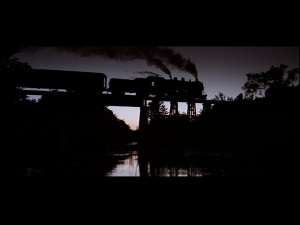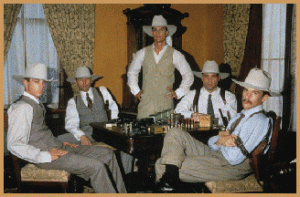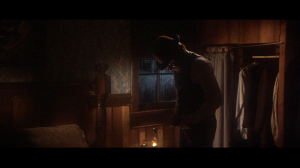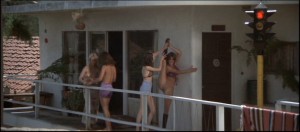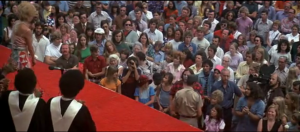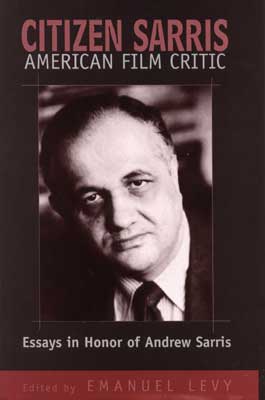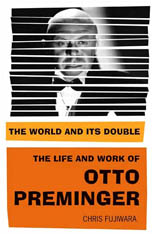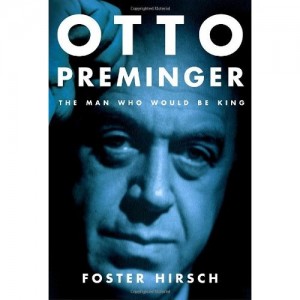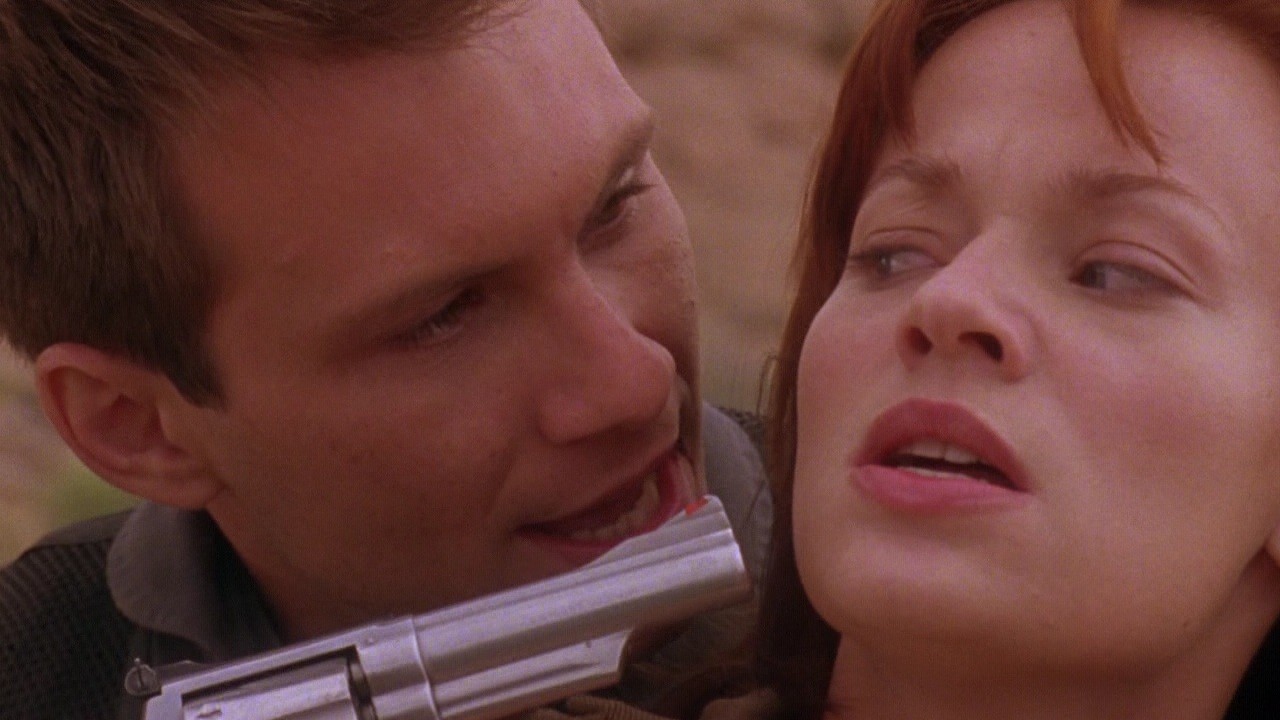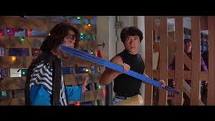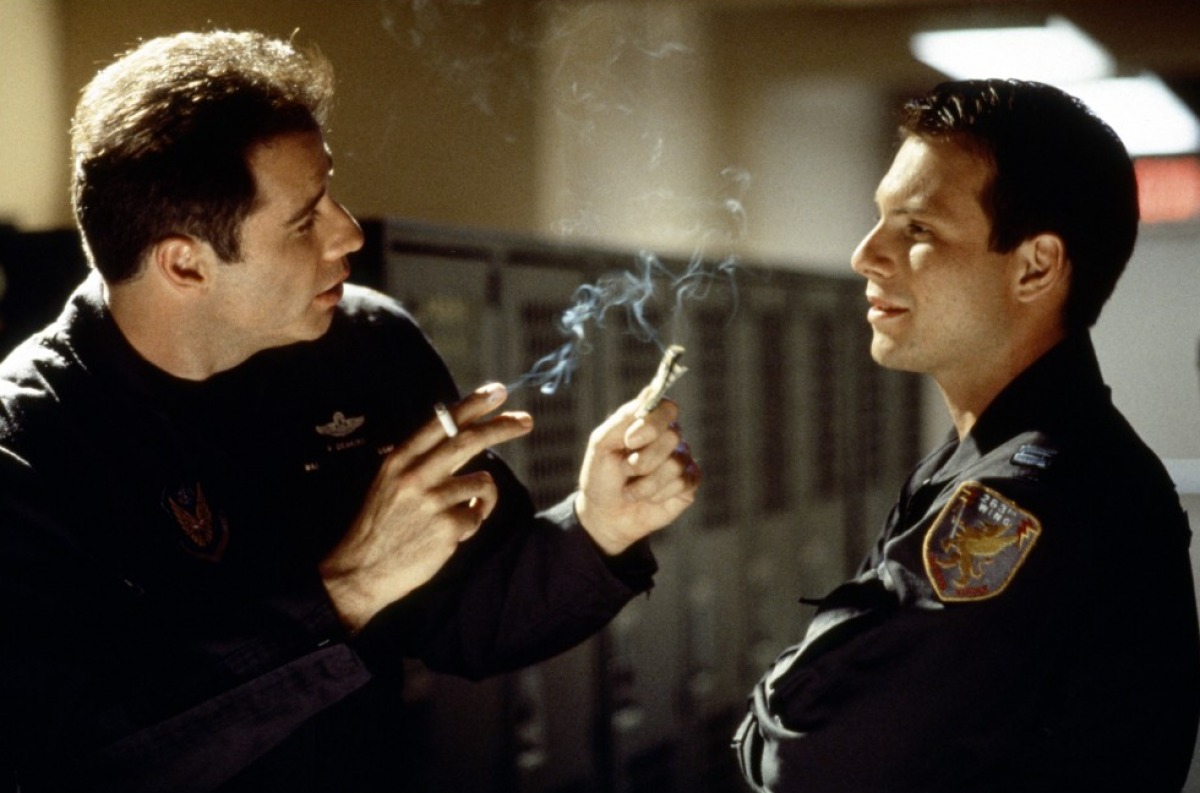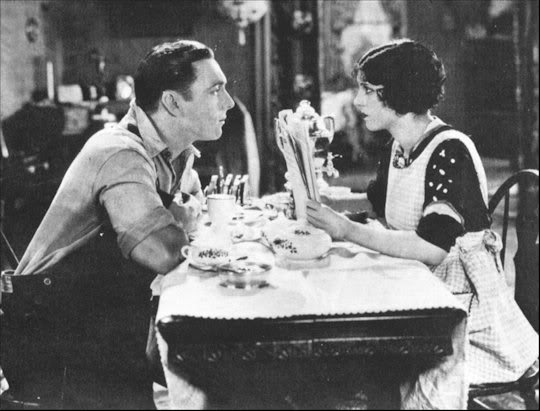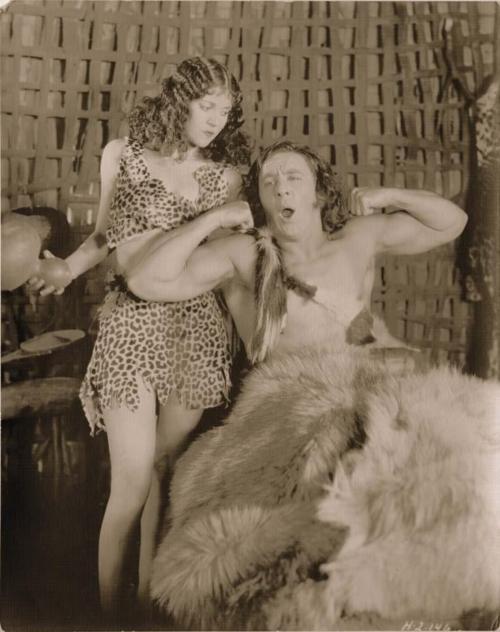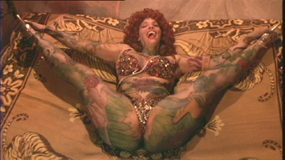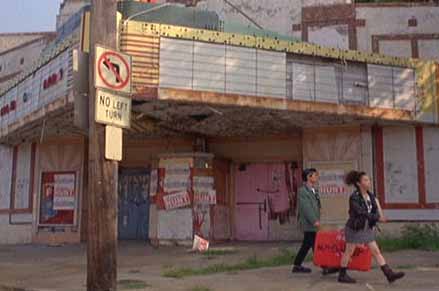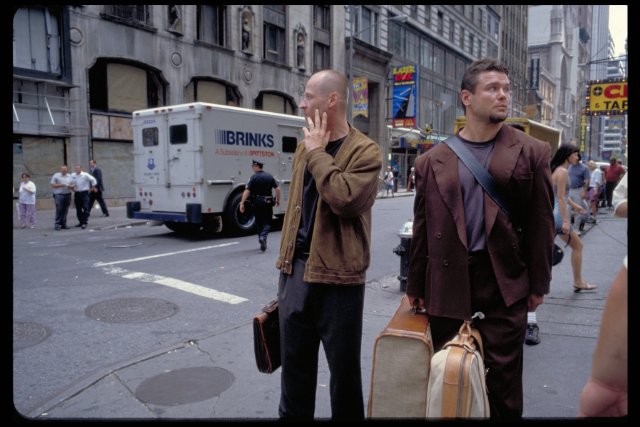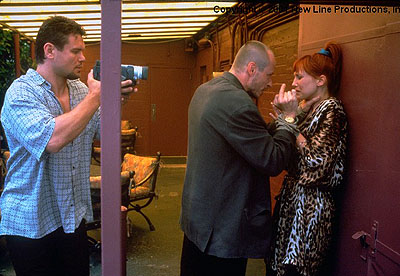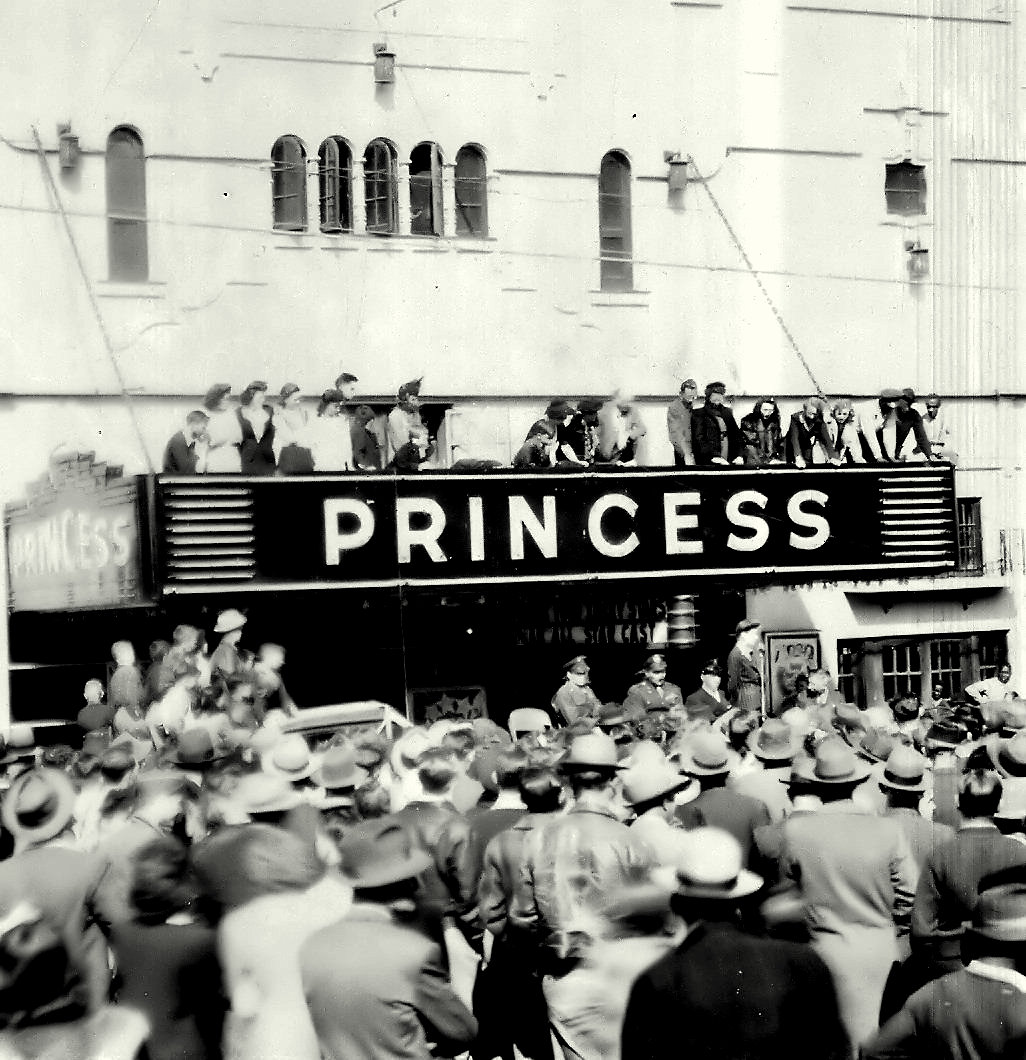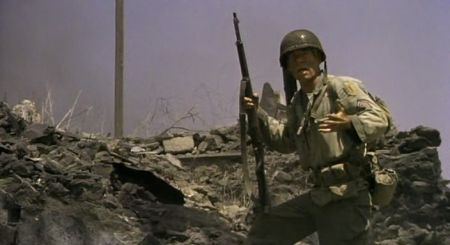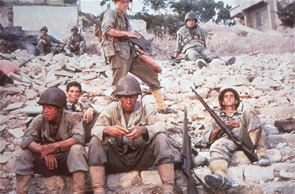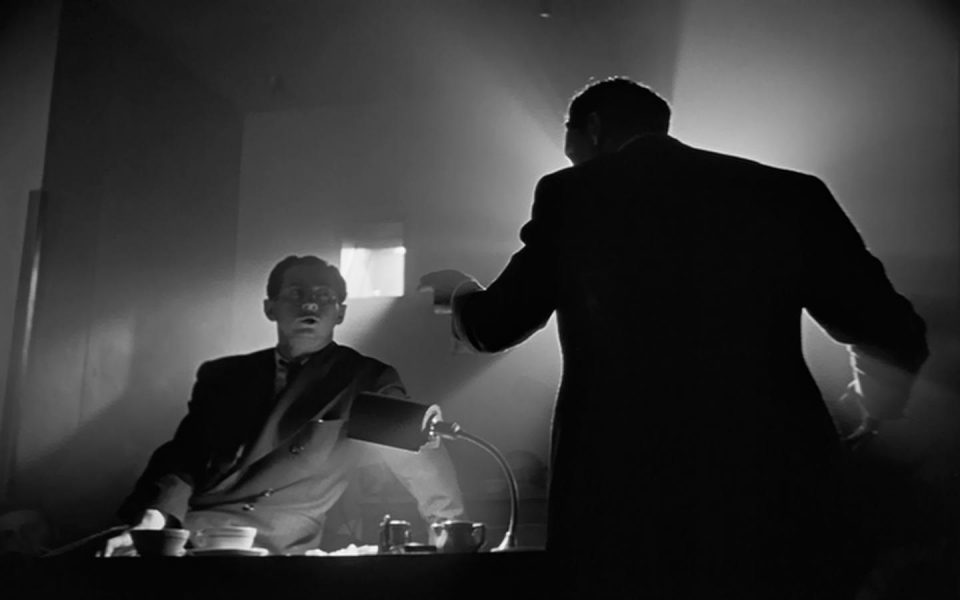From the Chicago Reader (April 10, 1998). — J.R.
The Newton Boys
Not to be hyperbolic, but Richard Linklater’s first big-budget movie may be the Jules and Jim of bank-robber movies, thanks to its astonishing handling of period detail and its gentleness of spirit, both buoyed by a gliding lightness of touch. Linklater, Clark Lee Walker, and Claude Stanush (who also worked on the script of Nicholas Ray’s The Lusty Men) have adapted Stanush’s oral history about the Texas-born Newton brothers, who between 1919 and 1924 became the most successful bank robbers in the U.S. The film may occasionally bite off a few more narrative strands than it can chew, but that’s merely the flip side of its generosity and energy. You can keep your L.A. Confidential; here’s a vision of the American past that I’m ready to climb inside. Matthew McConaughey, Skeet Ulrich, Vincent D’Onofrio, and Ethan Hawke play the brothers; with Dwight Yoakam and Julianna Margulies. 600 N. Michigan. — Jonathan Rosenbaum

